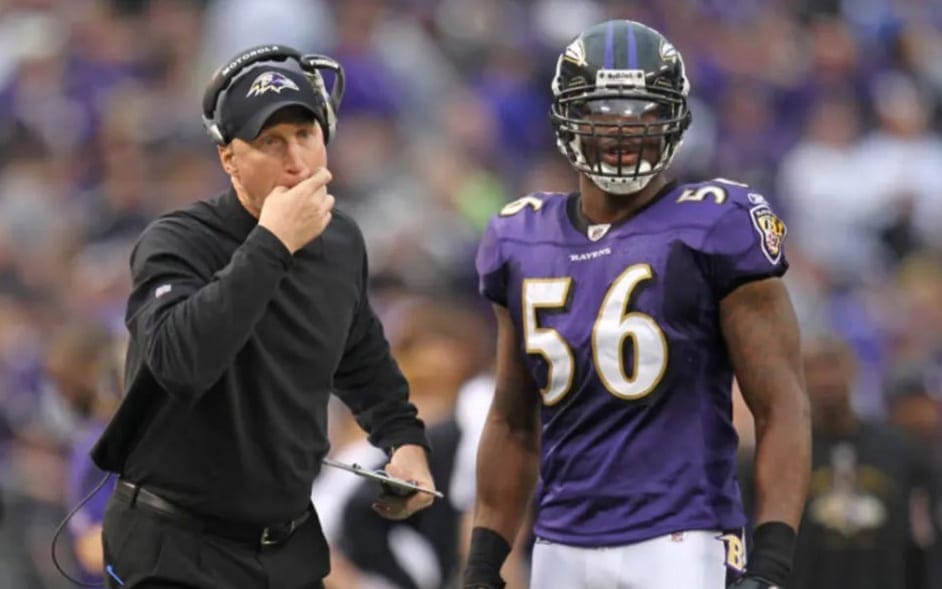The Power of Coaching: From the Field to the Boardroom
By definition a coach is one who trains others intensively by instruction and demonstration while also directing team strategy. Real coaches are much more than that. Anybody can instruct, demonstrate, and direct, but only a true coach can get others to follow and apply those instructions, demonstrations, and directions! We call that phenomenon “buy-in;” the success of a good program hinges on those two words. Can the leaders or coaches get team members to “buy-in”? Furthermore, HOW do they get them to buy-in?

Before I became the Vice President of Coaching at LoopSpire, I played four years at Southeast Missouri State, five years with the Baltimore Ravens, one year with the Kansas City Chiefs and one year with the Dallas Cowboys. Through those years, I’ve had a chance to be around some great coaches. Through my experience I’ve come to find most great leaders were first great followers. They know and respect the roles of all members from the top of the program to the bottom.
In the summer of 2006, Coach Tony Samuel became the head coach at Southeast Missouri State. Upon my time spent with him, I noticed he did a great job listening, asking questions, and allowing a bit of freedom for decision making. As a coach, he demonstrated respect for others which over time earned the trust of his team. He trusted his coaches to coach and did not micromanage them. This display of respect allowed his staff to thrive in the areas they were best. Ask yourself: Are there ways you could allow others to make more decisions for themselves? How could you increase your listening skills? Great coaches and leaders do this, all while continuing to encourage those they work with achieve organizational goals.
Great coaches, those I’ve encountered personally, lived what they preached in and out of the workplace. It has always been easier for me to follow someone that I could visually witness living their philosophy. In my time with the Baltimore Ravens, I had a chance to be coached and mentored by Coach Jerry Rosburg. Everything about Coach Rosburg displayed “Play like a Raven;” his walk, his demeanor, his attitude, and his actions showed his men that he was everything that he urged them to be. There was no doubt in their minds, Coach Rosburg was fully committed to us. He lived what he preached, and he embodied his philosophy!
Great coaches also possess the ability to place team members in the right positions. During my time with the Baltimore Ravens, Coach John Harbaugh approached me about a position change from linebacker to tight end. He’d recognized my skillset and catching ability and we were also thin at the tight end position. Primarily, I was a receiver in high school so the transition was easy for me, and it helped me to understand my current defensive position that much more. Coach Harbaugh knew how to utilize his personnel. Other great examples of the type of coaches that live their philosophy are Bill Belichick, Nick Saban, and another personal coach of mine, Andy Reid. They all exhibit an uncanny aptitude to put the right players in the right positions to be successful regardless of the name on the back of their jersey.
The success or failure of any program can hinge on that very concept.
Edgar Jones
This is the same approach I take for every leadership role I encounter. Whether it be my role at VP of Coaching at LoopSpire, coaching athletics, fatherhood, or any other position, I know that a team’s success depends on the coach’s ability to get their team to buy-in to their philosophy and to put them in positions where their skillsets can be best utilized. This is extremely important in coaching, arguably foundational to coaching. The success or failure of any program can hinge on that very concept.
As a leader you must keep this notion forefront in every leadership endeavor you encounter within your organization. We as “coaches” must first hold ourselves accountable then we will live what we coach, we will practice what we preach, and we will put our personnel in the best position to win!
Photo by jesse orrico on Unsplash


